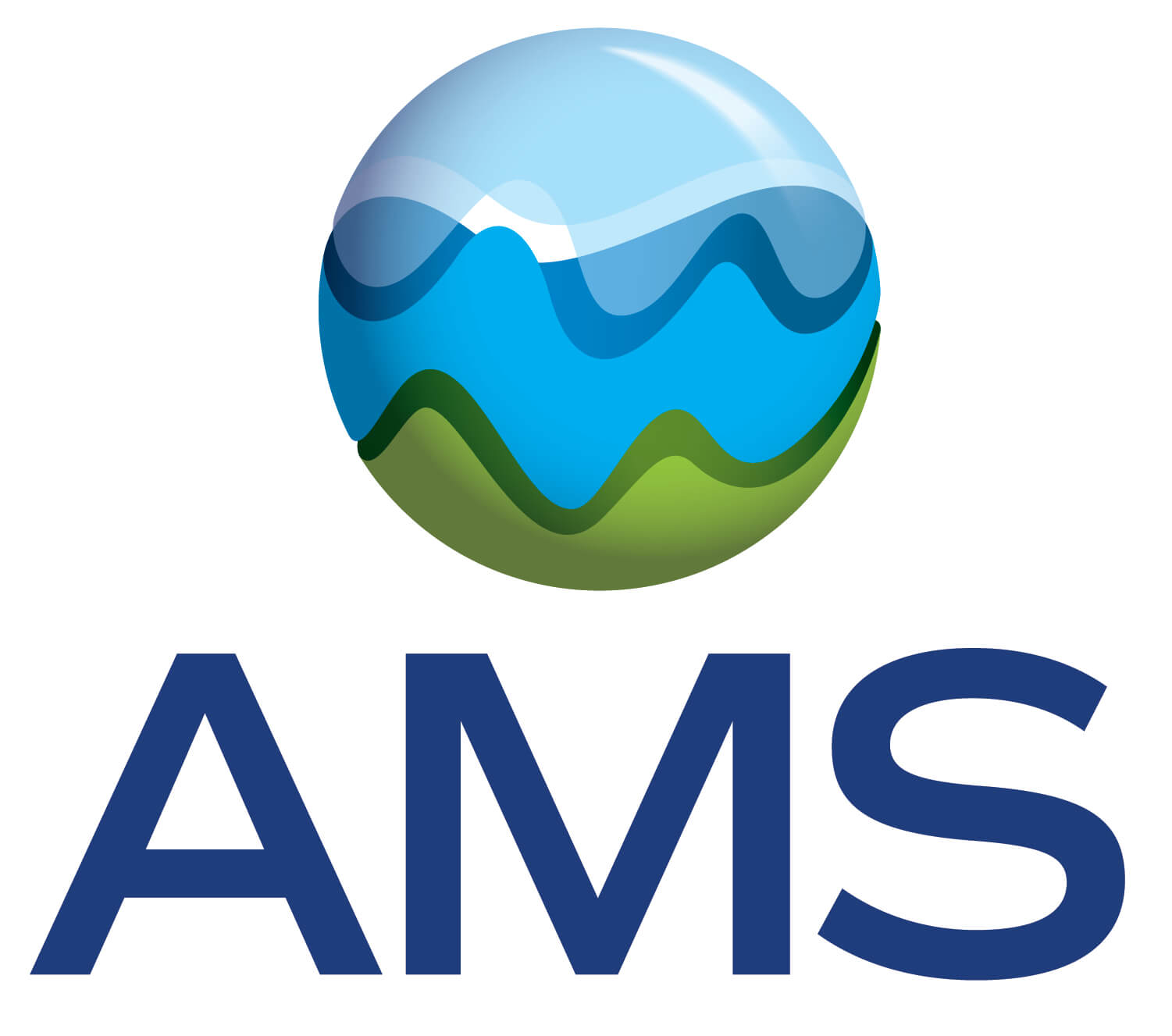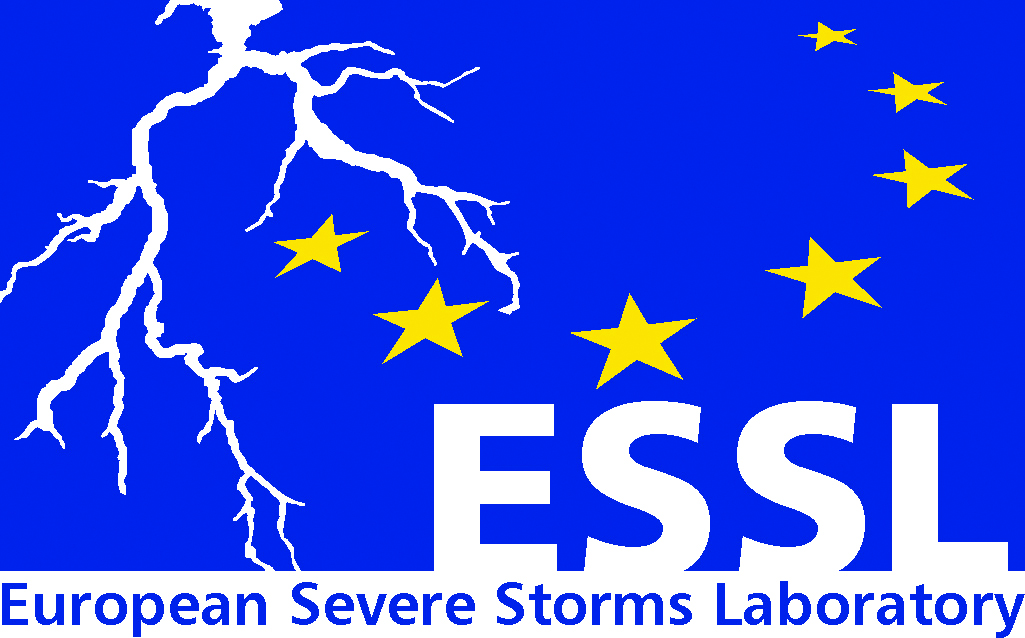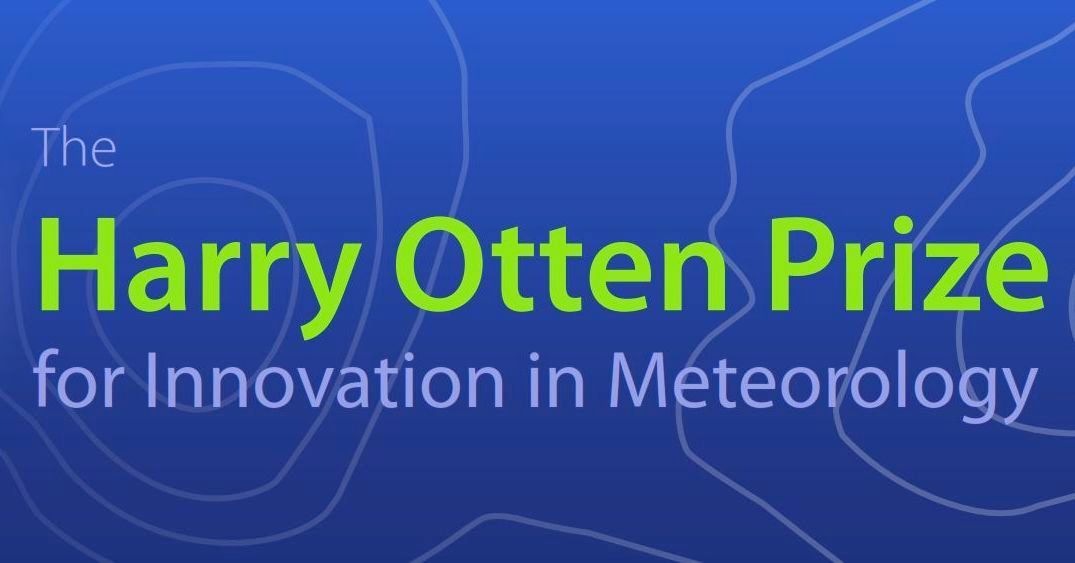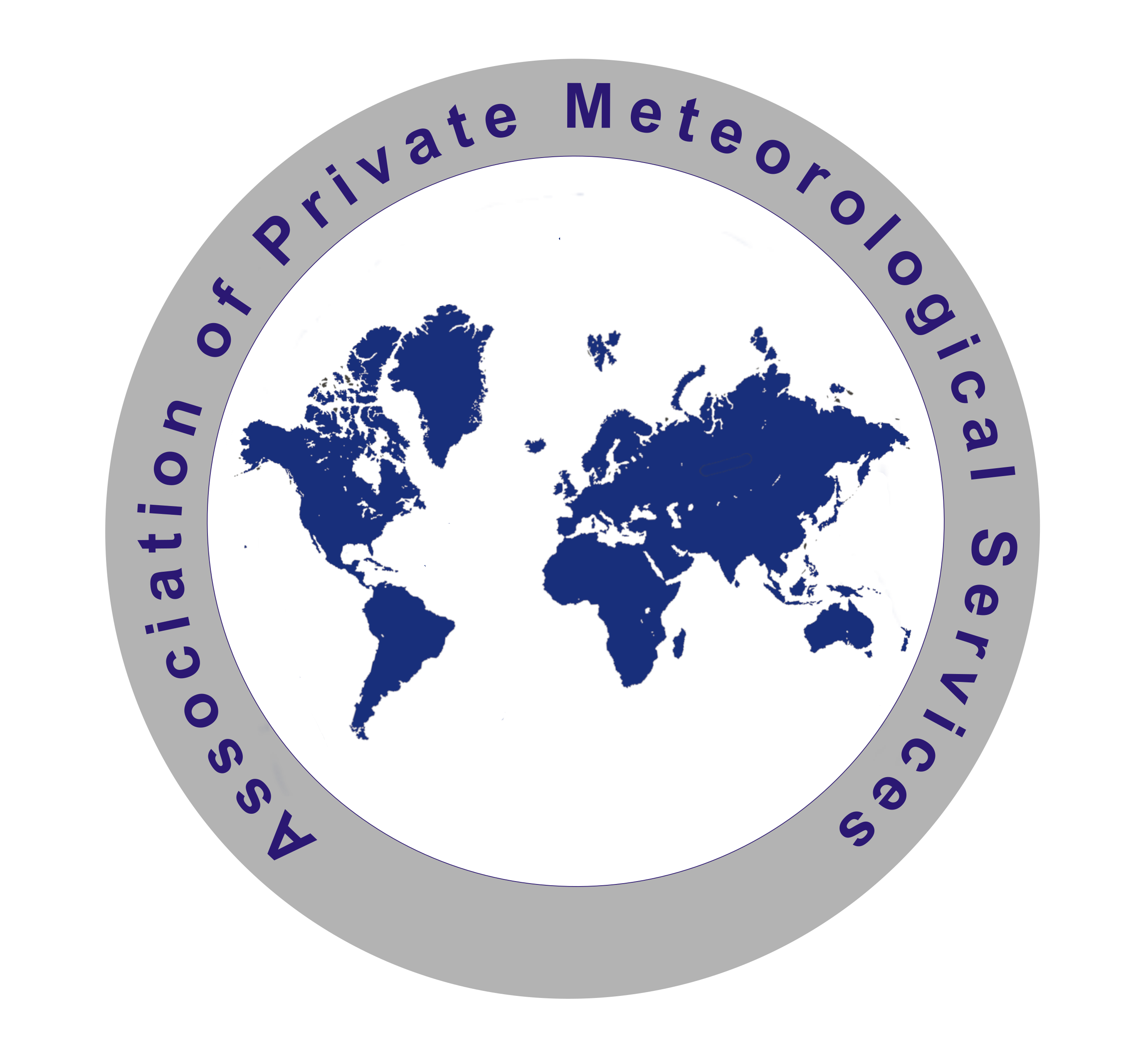High-resolution precipitation monitoring and statistical analysis for hydrological and climate-related applications
Convener:
Tanja Winterrath
|
Co-conveners:
Elsa Cattani,
Auguste Gires,
Katharina Lengfeld,
Miloslav Müller,
Elke Rustemeier
High-resolution measurements and analyses of precipitation are crucial, especially in urban areas with high vulnerabilities, in order to describe the hydrological response and improve water risk management. Thus, this session also addresses contributions on the application of high-resolution precipitation data in hydrological impact and design studies.
Summarizing, one or more of the following topics shall be addressed:
Precipitation measurement techniques
• High-resolution precipitation observations from different platforms (e.g., gauges, disdrometers, radars, satellites, microwave links) and their combination
• Precipitation reference data sets (e.g., GPCC, OPERA)
• Drought monitoring and impact
• Statistical analysis of extreme precipitation (events)
• Statistical analysis of changes/trends in precipitation totals (monthly, seasonal, annual)
• Multi-scale analysis, including sub-kilometer scale statistical precipitation description and downscaling methods
• Definition and application of indices to characterize extreme precipitation events
• Climate change studies on extreme precipitation (events)
• Urban hydrology and hydrological impact as well as design studies
• New concepts of adaptation to climate change with respect to extreme precipitation in urban areas
Precipitation statistics
09:00–09:15
|
EMS2024-1030
|
Onsite presentation
Precipitation in the future climate
09:30–09:45
|
EMS2024-1028
|
Onsite presentation
Climate data and analyses
09:45–10:00
|
EMS2024-952
|
Onsite presentation
10:00–10:15
|
EMS2024-139
|
Onsite presentation
10:15–10:30
Poster pitches
Coffee break
Chairpersons: Miloslav Müller, Elke Rustemeier
Measuring precipitation
11:00–11:15
|
EMS2024-453
|
Onsite presentation
11:15–11:30
|
EMS2024-503
|
Onsite presentation
11:30–12:00
|
EMS2024-128
|
solicited
|
Onsite presentation
Characterizing precipitation
12:15–12:30
|
EMS2024-848
|
Onsite presentation
12:30–12:45
|
EMS2024-622
|
Onsite presentation
12:45–13:00
|
EMS2024-675
|
Onsite presentation
New ways of measuring precipitation
Precipitation in a changing climate
Precipitation statistics















